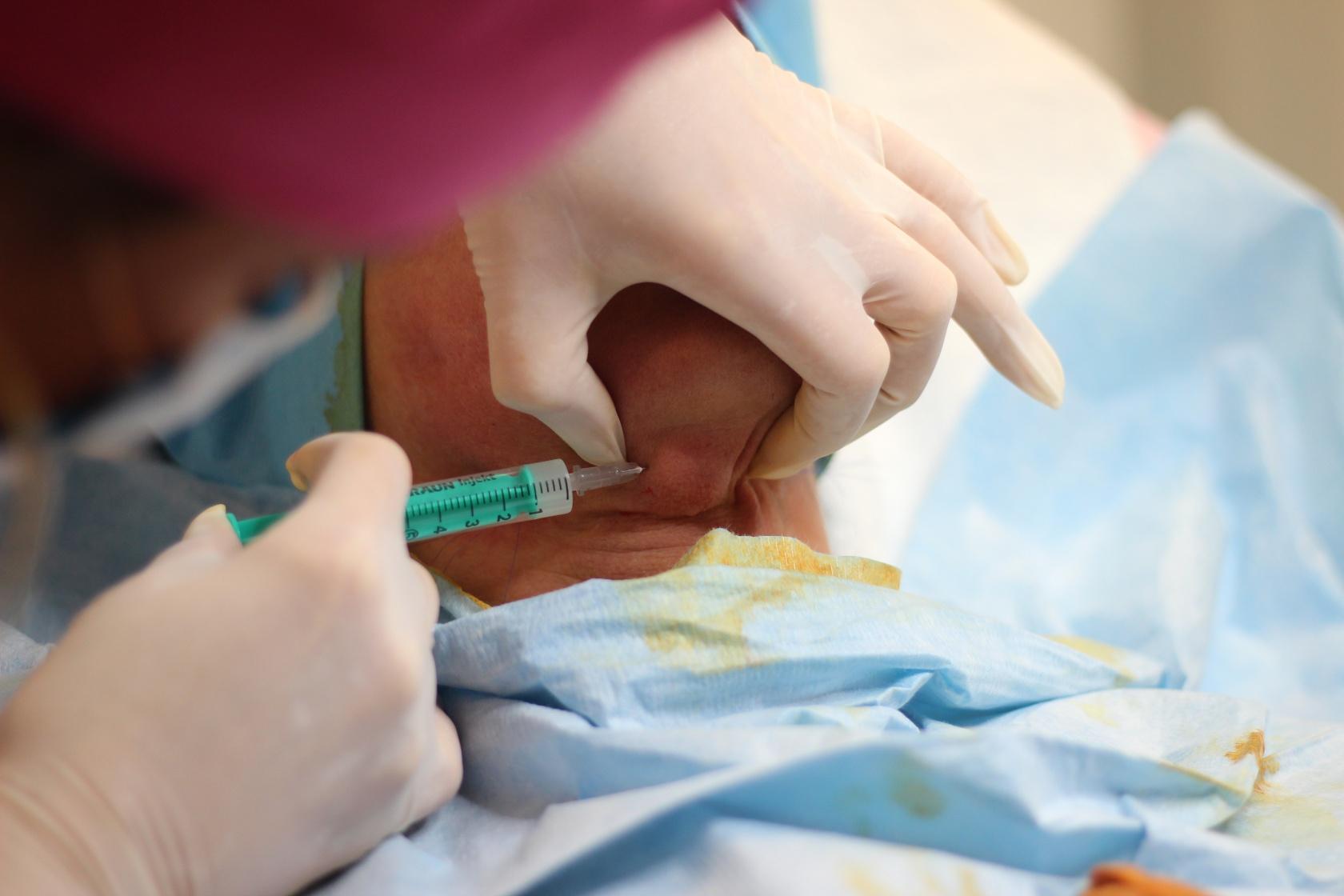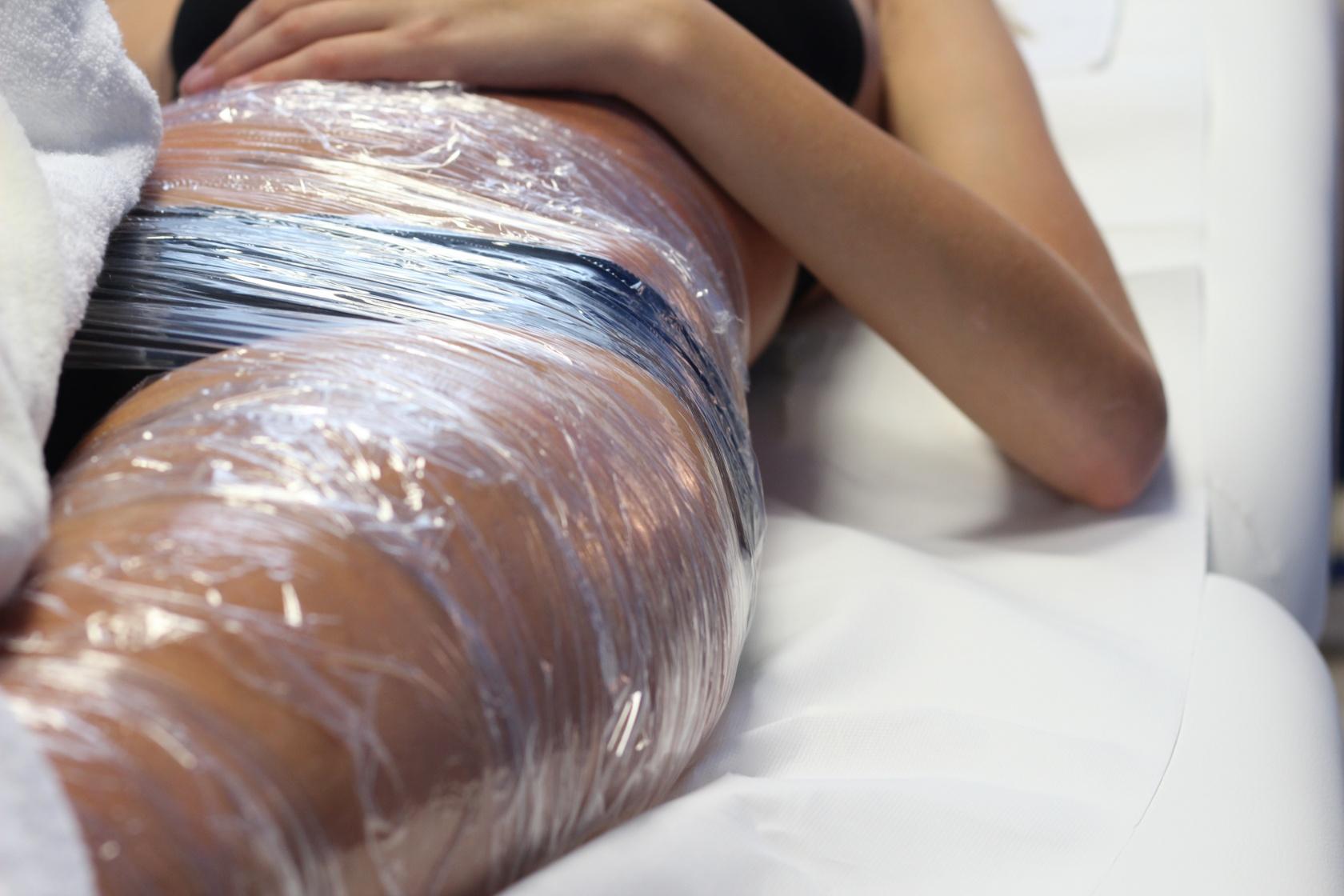
Start showing off your body with confidence again. Get rid of orange-peel skin and keep only the lovely dimples on your cheeks. Cellulite is not just connected to excess body fat but also to metabolism and water retention in the body. That’s why, when treating this subcutaneous condition, we combine several types of treatments to achieve the most effective results.
Related procedures
Details
Cellulite (dermatopanniculosis or lipohypertrophy), commonly known as orange-peel skin, is primarily an aesthetic issue, but if left untreated, it can also cause health problems. It affects up to 90% of women regardless of their weight, though it can also appear in men. It most often occurs in areas where fat tends to accumulate, such as the buttocks and thighs.
The development of cellulite is influenced by genetics, hormones, lifestyle, lymphatic circulation, and, importantly, the structure of subcutaneous cells. In women, fat cells are arranged differently than in men — they are more easily stored between collagen fibers, expand, and push against the skin’s surface. This reduces blood and lymph flow in those areas, leading to the formation of visible dimples. In men, when fat cells enlarge, the skin stretches sideways and remains smooth. Moreover, women’s skin is thinner in affected areas, making fat deposits more visible.
The formation of cellulite is also closely linked to hormonal fluctuations, particularly changes in estrogen levels. Estrogen softens connective tissue, making it easier for fat cells to accumulate. Critical periods include puberty, pregnancy, and menopause, with hormonal contraception also playing a role.
Weakening of connective tissue may also result from a lack of physical activity or insufficient hydration.
Cellulite manifests as uneven, dimpled skin resembling the surface of an orange, most commonly on the buttocks, thighs, and hips. However, it can also appear on the abdomen or arms. Cellulite is classified into four stages based on its visibility.
Cellulite is visible only when the skin is pinched between the fingers. With regular skin care, this initial stage of cellulite can be completely eliminated.
At the next stage, the orange-peel appearance becomes visible when the muscles are flexed. In this mildly advanced phase, treatment requires more time and consistency.
The advanced stage occurs when the uneven, dimpled skin is visible regardless of whether you are standing or sitting. The symptoms of this stage can be reduced with consistent treatment.
The final stage develops when skin care has been neglected in the earlier phases — pronounced lumps appear, which are unfortunately irreversible.
To reduce the symptoms of cellulite, a comprehensive approach is always the most effective. Focus on a balanced diet, regular physical activity, and massages.
Your diet should be rich in vitamins (especially from fresh vegetables and fruit), antioxidants, high-quality proteins, and calcium, while containing as little simple sugar and alcohol as possible. It is also important to maintain proper hydration — at least 2 liters of fluids daily, ideally pure still water or unsweetened tea.
Regular physical activity not only helps eliminate excess fat but also stimulates blood and lymph circulation, helping the body flush out toxins and harmful substances that contribute to cellulite formation. Another benefit of regular exercise is that even advanced cellulite is less visible on firm, toned skin. The best activities to reduce cellulite include low-impact, long-duration exercises such as walking, swimming, cycling, inline skating, callanetics, or yoga. In fitness centers, the stationary bike, elliptical trainer, or treadmill are ideal. Avoid high-impact, explosive sports like squash or tennis.
You can also stimulate circulation and lymphatic flow through sauna use. If you are not comfortable with saunas, try alternating warm and cold showers regularly.
For advanced cellulite, lymphatic drainage massages can be very effective. These treatments help cleanse and restore the flow of the lymphatic system, which removes waste and toxins from the body. If you’re dealing with an early stage of cellulite, you can regularly massage the affected areas yourself using a rough washcloth during showers.
Certain devices can help break down fat cells. One option is the LPG mechanical massage, where fat cells are mechanically disrupted by a special vacuum head and are then naturally eliminated through metabolism. Shockwave therapy can also be used — it temporarily activates enzymes that break down fat, increases blood circulation, and enhances cell metabolism. This treatment is also an excellent preventive method in the early stages of cellulite. Fat cells can also be reduced with ultrasound, laser, or radiofrequency. Cryolipolysis, which freezes fat cells, is primarily intended for body contouring but can also improve cellulite. For areas difficult to reach with devices, injection lipolysis can be used — a solution containing phosphatidylcholine (lecithin) is injected into the affected area to break down fat cells. However, injection lipolysis is effective only in mild stages of cellulite and not suitable for extensive cases.
In any case, cellulite treatment requires patience and consistency.
The three main principles of cellulite prevention are: a balanced diet (including proper hydration and sufficient fiber intake), suitable physical activity, and lymphatic drainage, which activates the lymphatic system (it can be done with devices, but manual drainage performed by a professional is optimal). It is also advisable to avoid rapid weight gain.



